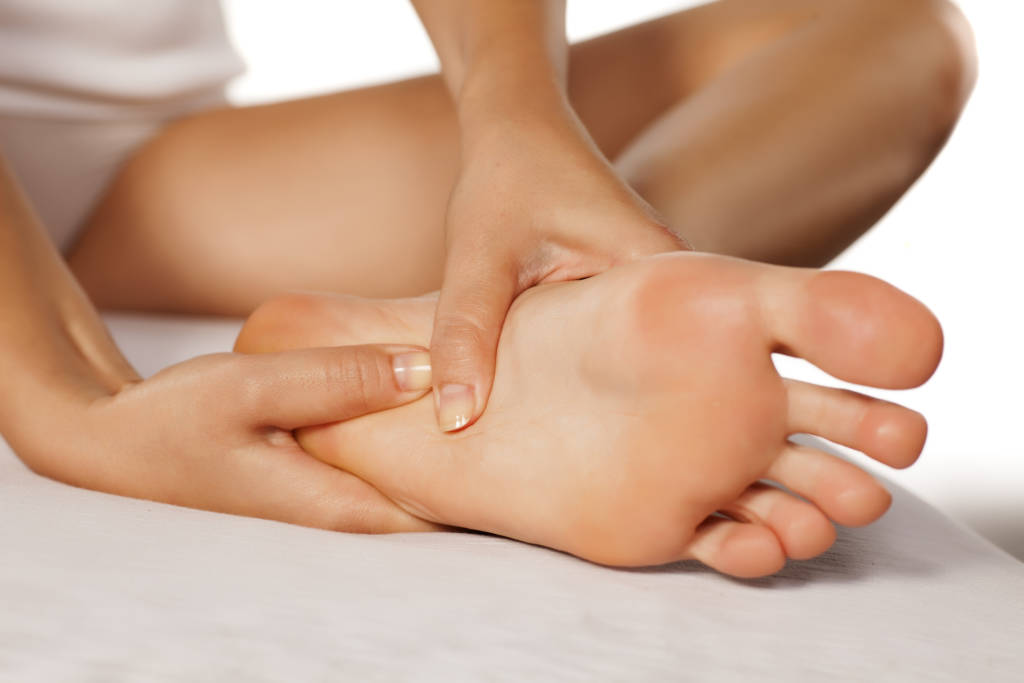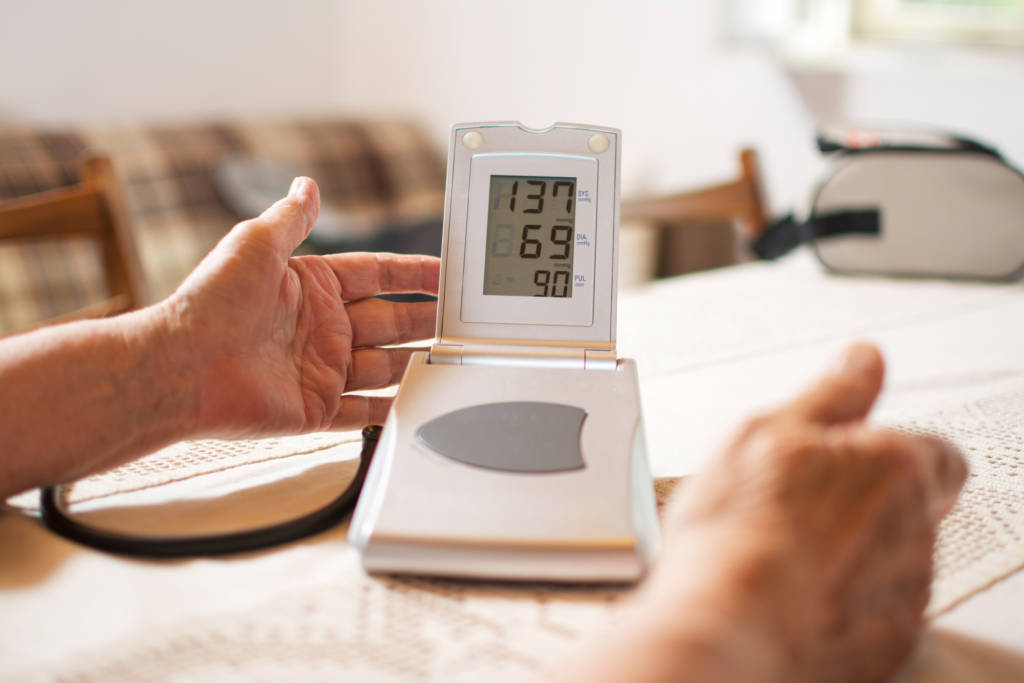 There is no doubt that diabetes is a global epidemic of epic proportions–especially amongst people of color. Diabetes, or hyperglycemia, is high blood glucose.
There is no doubt that diabetes is a global epidemic of epic proportions–especially amongst people of color. Diabetes, or hyperglycemia, is high blood glucose.
According to the Center for Disease Control, 13.2% and 12.2% of women and men respectively African-Americans worldwide with having the second highest incidence of diabetes. American-Indians lead amongst all racial groups with 15.3% of American Indian women being diagnosed with type 2 diabetes. Also by 2050, 1 in 3 people will have type 2 if the current trends continue. 1
“Type 2 diabetes is the most common form of diabetes and is triggered by a combination of unchangeable factors, such as family history and race, and controllable factors, such as obesity and inactivity, according to the Mayo Clinic. It’s also the seventh leading cause of death in the United States, according to 2007 data, and is the leading cause of leg and foot amputations, kidney failure and new cases of blindness in adults under age 75, according to the CDC.” 2
People are living longer and an aging population and the growth of minority populations are expected to add to the disease’s prevalence. Because of that most Unfortunately African-Americans, Latinos, Native Americans and Asians and Pacific Islanders are also at high risk of developing diabetes.
“Advances in medicine, which may help people with the disease live longer, and better detection of diabetes are other reasons why its prevalence could dramatically increase by 2050, she said. Right now, 24 million Americans have Type 2 diabetes, but a quarter of them don’t know it, according to the CDC.” 2
Diabetes when uncontrolled can be problematic. If blood sugar levels are not normalized in a diabetic, the body may have trouble fending off infections due to decreased functioning of the






